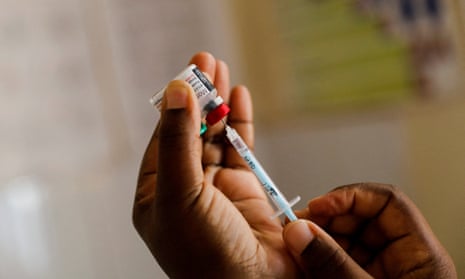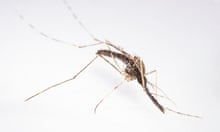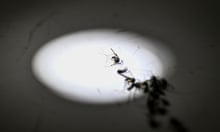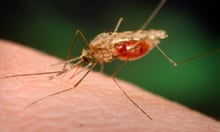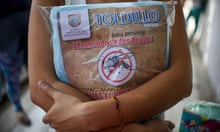Want to guess the most dangerous animal in the world? When my team asked children in Edinburgh during a public outreach event with schools, they said sharks, alligators, spiders and lions. All good guesses, but none on target. The deadliest animal is the mighty mosquito, which kills more than 1 million people a year. Almost 700 million people contract a mosquito-borne illness each year. Mosquitoes carry serious diseases like malaria, dengue fever, West Nile virus, Zika virus and chikungunya that not only kill, but also result in pain, disability and prolonged illness.
Among mosquito-borne diseases, malaria is the most deadly. Scientists believe it has killed more people than any other disease spread by the insects in history. And it remains stubbornly present in the modern world: there were 619,000 deaths and 247m cases of malaria in 2021. African children are the main victims: 96% of deaths to malaria are in Africa, and children under five make up roughly 80% of the victims. Within that region, deaths are mainly concentrated in four countries: Nigeria, DRC, Tanzania and Niger.
It might feel like a disease that is far away and a low-income world problem, but with the climate crisis and broader roaming ranges of mosquitoes, mosquito-borne diseases like malaria and dengue are re-emerging in the US and Europe. This past summer, my home state of Florida had local transmission of malaria, meaning several residents caught the disease from being bitten by a mosquito at home, rather than travelling abroad. These were the first cases of malaria in the US in 20 years.
Part of what makes malaria so hard to eliminate is the wily mosquito itself. In regions where mosquitoes are ubiquitous, avoiding getting bitten is pretty much impossible, especially for young children. Public health workers have tried things like insecticide-treated bednets, only to find that it is difficult to make children sleep under them and that mosquitoes can develop resistance to insecticides. For decades scientists have hoped a vaccine could provide a straightforward solution, but that has also been a challenge. Malaria is not caused by a virus, but by a more complex parasitic species called plasmodium that is excellent at evading our immune system by constantly shape-shifting inside the body – all of which makes it very hard to target with a vaccine.
Yet persistence, brilliance and creativity have come together for a team at the University of Oxford, who have finally succeeded with a new malaria vaccine called R21. A Lancet preprint paper reports that R21 is 75% effective at preventing disease in areas where malaria is seasonal, for example where it tends to emerge only during the rainy season, and 67% effective where malaria is standard, in children aged between five and 36 months.
A world-first malaria vaccine developed by the pharmaceutical firm GSK in 2021 showed similar effectiveness data, but the R21 vaccine is half the cost, coming in at $2-4 per dose. A difference of just a few dollars may not seem like much, but in nations where malaria is prevalent, per capita health spending is very low. In Nigeria it’s $15 a year, in DRC it is $13 a year and in Tanzania it is $35 a year. Compare this with the UK, where health spending was £4,188 per person in 2021. The authors of the preprint also report that it is already possible to manufacture 100-200 million doses of R21 a year at the Serum Institute of India, with Ghana, Nigeria and Burkina Faso already approving the vaccine for use.
In the countries hit hardest by malaria, there is very little money available for basic healthcare: cost makes the difference in what life-saving vaccines and medicines are available, or not. This is why the Oxford vaccine integration of science, cost and supply could massively reduce the lives lost to malaria.
Malaria was endemic in the southern US until public efforts by the US Centers for Disease Control and Prevention to eliminate the disease, which was achieved in 1951. As long as we have mosquitoes – which outnumber us humans by 16,000 to one worldwide – and we live on the same planet with temperatures rising, diseases in one part of the world can easily spread anywhere else. But regardless of malaria’s future trajectory and geographical spread, it is estimated that the new R21 vaccine will save tens of thousands of lives, especially in young children. That’s pretty amazing news for global health – and for humanity.
Prof Devi Sridhar is chair of global public health at the University of Edinburgh
